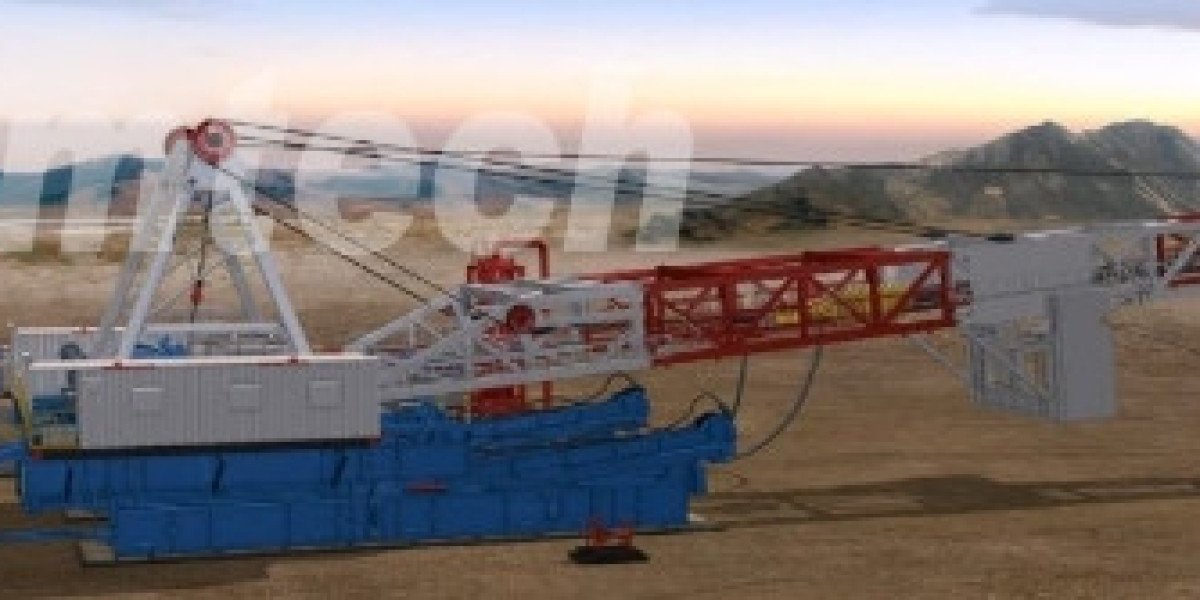The rapid growth of e-commerce and demand for faster delivery have pushed warehouses to adopt advanced technologies. Among these, warehouse robotics have emerged as a game-changer, enhancing efficiency, accuracy, and safety in logistics operations. By automating repetitive tasks, robots help warehouses handle higher volumes with reduced costs and errors.
The warehouse robotics market includes automated robots designed for material handling, inventory management, and order fulfillment in warehouses and distribution centers. Robots such as automated guided vehicles (AGVs) and autonomous mobile robots (AMRs) enhance efficiency and accuracy. The market is segmented by robot type, application, and region, driven by rising e-commerce and automation trends.
What Are Warehouse Robotics?
Warehouse robotics refers to the use of robotic systems and automated machines to perform various tasks within a warehouse, such as picking, packing, sorting, transporting, and inventory management. These robots work alongside or independently from human workers to optimize warehouse workflows.
Types of Warehouse Robots
Automated Guided Vehicles (AGVs)
AGVs navigate predefined paths to transport goods around the warehouse.Autonomous Mobile Robots (AMRs)
AMRs use sensors and AI to navigate dynamically around obstacles without fixed routes.Robotic Picking Systems
Robots equipped with advanced vision and gripping technology to pick and place items.Sorting Robots
Automate the sorting of parcels and packages based on size, destination, or type.Inventory Drones
Use aerial robotics to scan and track inventory from above.
Benefits of Warehouse Robotics
Increased Productivity: Robots work 24/7 without fatigue, accelerating operations.
Improved Accuracy: Reduces human errors in picking and sorting.
Enhanced Safety: Robots handle hazardous tasks, reducing workplace injuries.
Cost Savings: Lowers labor costs and optimizes space utilization.
Scalability: Easily adapts to fluctuating demand levels.
Applications in Warehousing
Order Fulfillment: Faster and more accurate picking and packing.
Inventory Management: Real-time tracking and stock control.
Material Transport: Efficient movement of goods between zones.
Quality Control: Automated inspection and sorting of damaged items.
Challenges of Implementing Warehouse Robotics
High Initial Investment: Robots and infrastructure can be costly.
Integration Complexity: Ensuring seamless communication with existing warehouse systems.
Workforce Adaptation: Training employees to work alongside robots.
Maintenance and Downtime: Keeping robots operational requires ongoing support.
Future Trends in Warehouse Robotics
AI and Machine Learning: Robots that learn and optimize processes autonomously.
Collaborative Robots (Cobots): Designed to work safely alongside humans.
Advanced Vision Systems: Enhanced object recognition and handling capabilities.
Swarm Robotics: Multiple robots coordinating for large-scale operations.
Sustainability: Energy-efficient robots reducing warehouse carbon footprint.
Conclusion
Warehouse robotics are revolutionizing logistics by making warehouses smarter, faster, and safer. As technology advances, these robots will continue to play a pivotal role in meeting the growing demands of the supply chain industry, driving innovation and efficiency from the warehouse floor to the customer’s doorstep.
Related Reports:
| Mexico IoT Sensor Market |
| Japan IoT Sensor Market |
| Italy IoT Sensor Market |
| India IoT Sensor Market |
| Germany IoT Sensor Market |








